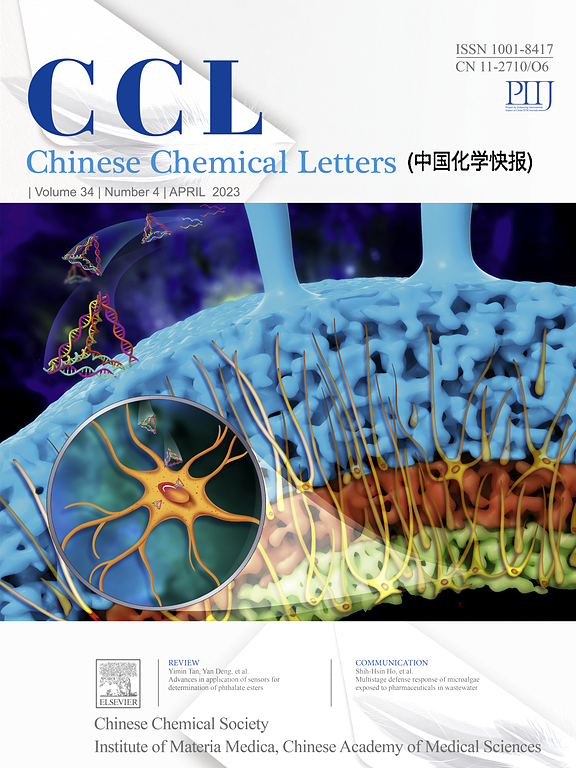Photocatalyzed oxidation of water on oxygen pretreated rutile TiO2(110)
IF 9.4
1区 化学
Q1 CHEMISTRY, MULTIDISCIPLINARY
引用次数: 0
Abstract
The oxygen evolution reaction (OER) is the bottleneck in the overall photocatalytic splitting of water. The active sites (terminal titanium or bridging oxygen) and active species (molecular or dissociative water) of the initial step of the photocatalyzed OER on the prototypical photocatalyst TiO2, remain debatable. Herein, the photocatalytic chemistry of monolayer water on oxygen-pretreated TiO2(110) (o-TiO2(110)) and reduced TiO2(110) (r-TiO2(110)) surfaces initiated by 400 nm light illumination was investigated by time-dependent two-photon photoemission spectroscopy (TD-2PPE). The photoinduced reduction of the H2O/o-TiO2(110) interface rather than the H2O/r-TiO2(110) interface was detected by TD-2PPE. The difference in 2PPE originated from the presence of the terminal hydroxyl anions (OHt¯) on H2O/o-TiO2(110), as identified by X-ray photoelectron spectroscopy and temperature-programmed desorption. Therefore, the evolution of the electronic structure of H2O/o-TiO2(110) was attributed to the photocatalyzed oxidation of the terminal hydroxyl anions, which most likely formed gaseous •OH radicals, reducing the interface. This work suggested that the oxidation of hydroxyl anions on top of the terminal titanium ions on TiO2, which were excluded previously in solution, need to be considered in the mechanistic studies of the photocatalyzed OER.

求助全文
约1分钟内获得全文
求助全文
来源期刊

Chinese Chemical Letters
化学-化学综合
CiteScore
14.10
自引率
15.40%
发文量
8969
审稿时长
1.6 months
期刊介绍:
Chinese Chemical Letters (CCL) (ISSN 1001-8417) was founded in July 1990. The journal publishes preliminary accounts in the whole field of chemistry, including inorganic chemistry, organic chemistry, analytical chemistry, physical chemistry, polymer chemistry, applied chemistry, etc.Chinese Chemical Letters does not accept articles previously published or scheduled to be published. To verify originality, your article may be checked by the originality detection service CrossCheck.
 求助内容:
求助内容: 应助结果提醒方式:
应助结果提醒方式:


